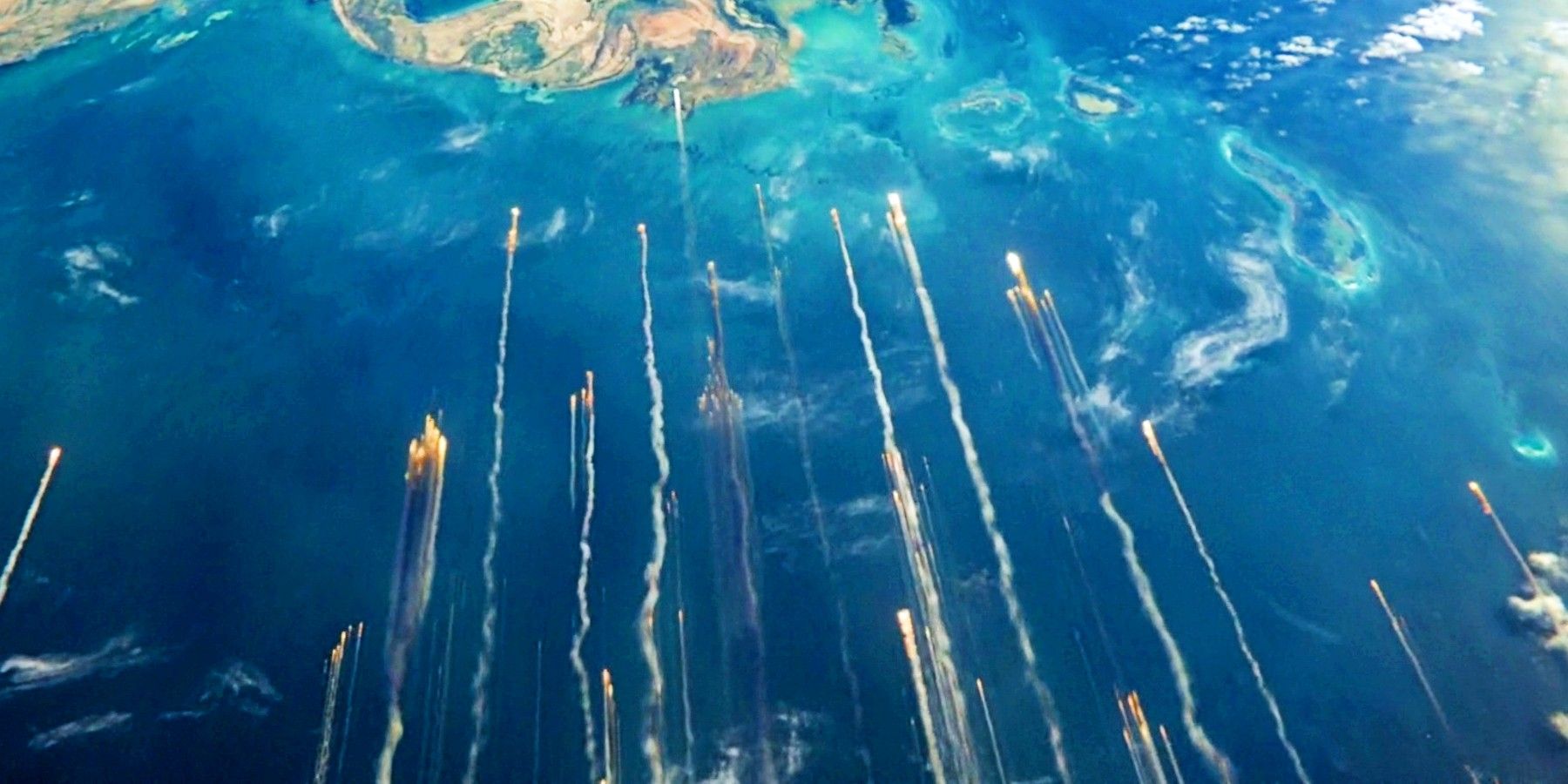Starting in 2030, the International Space Station will deorbit and burn over the South Pacific Ocean in an epic mission. NASA's ISS transition plan confirms the extension of the life of the ISS until 2030. It also sets a path for a "smooth" transition to private-sector space stations. The company Axiom will be developing a module for the ISS, which will later detach and extend with more modules to create a new space station.
Additionally, Blue Origin, Nanoracks and Northrop will develop free-flying stations before 2030. Then, they will sell space to NASA astronauts. Boeing and SpaceX are poised as the main cargo and crew transportation companies in this new space vision. Private companies jumped into the low-earth-orbit business as the commercial value of research in LEO became evident.
With an estimated cost of more than three billion dollars, the deorbit of the ISS will be a spectacular event. The station, known for being a beacon of international cooperation, will be pulled down towards Earth by three Russian Progress spacecraft until it reaches a point-of-no-return. The event will last several months, from June 2030 to Jan. 2031. The final crew will be on station until Sept. 2030. Then, the spacecraft thrusters will line up the ISS to its final target as it makes its final descent into an uninhabited region in the South Pacific.
A Historical Descent: Going Out In Flames
The deorbit is a process that needs to be gradual and slow to avoid losing control of the ISS. Issues like high solar activity can affect reentry as well. "Higher solar activity tends to expand the Earth's atmosphere and (could) increase resistance to the ISS' velocity, resulting in more drag and natural altitude loss," NASA says. In addition, because of how the station's docking ports are built, NASA has limited options on which spacecraft it can use for the final maneuvers of the ISS.
NASA ran the numbers and chose three Russian Progress spacecraft. Not only for their power but because they usually dock and supply the ISS and are a good fit for the operation. A U.S. spacecraft built by Northrop Grumman called Cygnus is also being considered. It could be one of the spacecraft that takes the ISS on a ride to its final days. NASA is extending the operation of the ISS until 2030 to buy the private sector time to build new stations. The U.S. does not want to create a gap in U.S. presence in low-earth-orbit. The decision is not a cheap one. It will cost more than 9.1 billion dollars to keep the station up and running.
The ISS has had many problems, some in the U.S. modules, others in the Russian section. Cracks, aging, traffic junk crisis, and cascading malfunctions leading to space emergencies, sided with increased tensions with China as they step up their space game, have put pressure on NASA and the U.S. Congress. But, political interest, international tensions, and economic billionaire budgets aside, the ISS will drop once those three spacecraft turn on their thrusters. Eventually, it will burn up, which will be a historic day. It will go out in flames, somewhere over the blue waters of the Pacific.
Source: NASA


